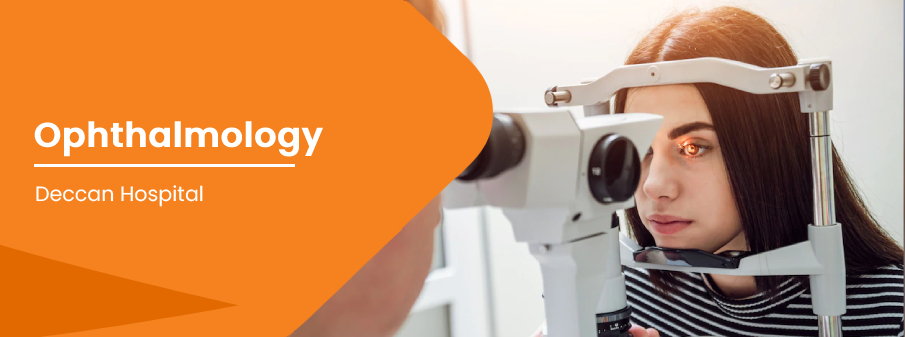Ophthalmology is a medical specialty that focuses on the diagnosis, treatment, and management of diseases and disorders of the eyes and visual system. Ophthalmologists are doctors who specialize in treating patients with eye problems, such as vision loss, cataracts, glaucoma, and retinal disorders.
Ophthalmologists use a variety of diagnostic tests, including eye exams, visual acuity tests, and imaging tests, to evaluate the health of the eyes and to diagnose eye disorders. They may prescribe medications, glasses, or contact lenses to help manage eye problems, and they may also recommend surgical procedures to treat more serious conditions.
Ophthalmologists work closely with other members of a patient’s healthcare team, including optometrists, opticians, and ophthalmic nurses, to provide comprehensive care for their patients. They may also conduct research to improve our understanding of eye disorders and to develop new treatments and therapies to improve the health and well-being of their patients.
Overall, ophthalmology is an important field of medicine that helps to ensure the health and well-being of the eyes, which are vital organs that play a crucial role in our ability to see and interact with the world around us.
There are many different diseases and disorders that can affect the eyes and visual system, and the symptoms of these conditions can vary widely. Some common symptoms of ophthalmological disorders include:
These are just a few examples of the symptoms that may be associated with ophthalmological disorders. It’s important to remember that the specific symptoms a person experiences will depend on the type and severity of their disorder. If you are experiencing any of these symptoms, it’s important to speak with a healthcare professional for proper diagnosis and treatment.

